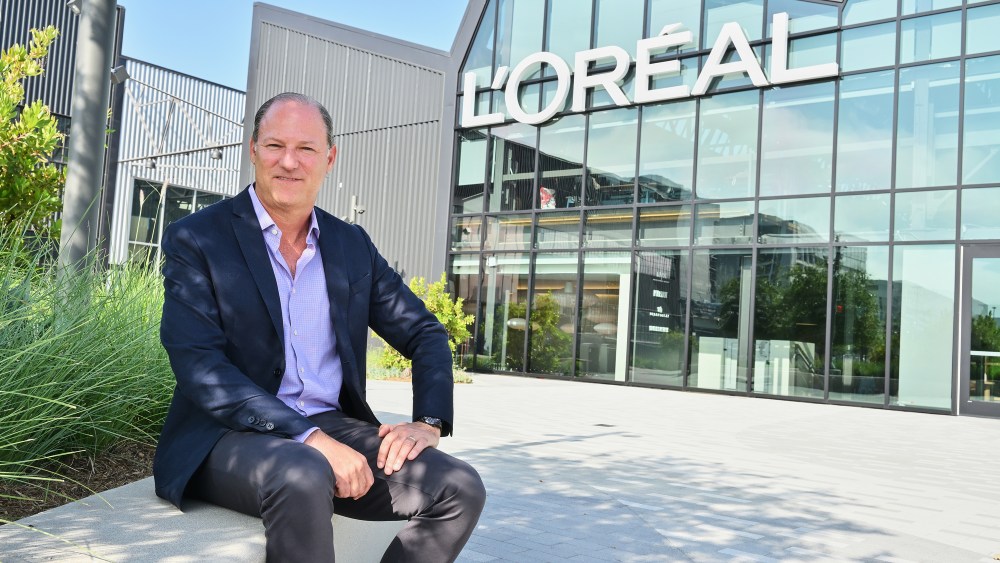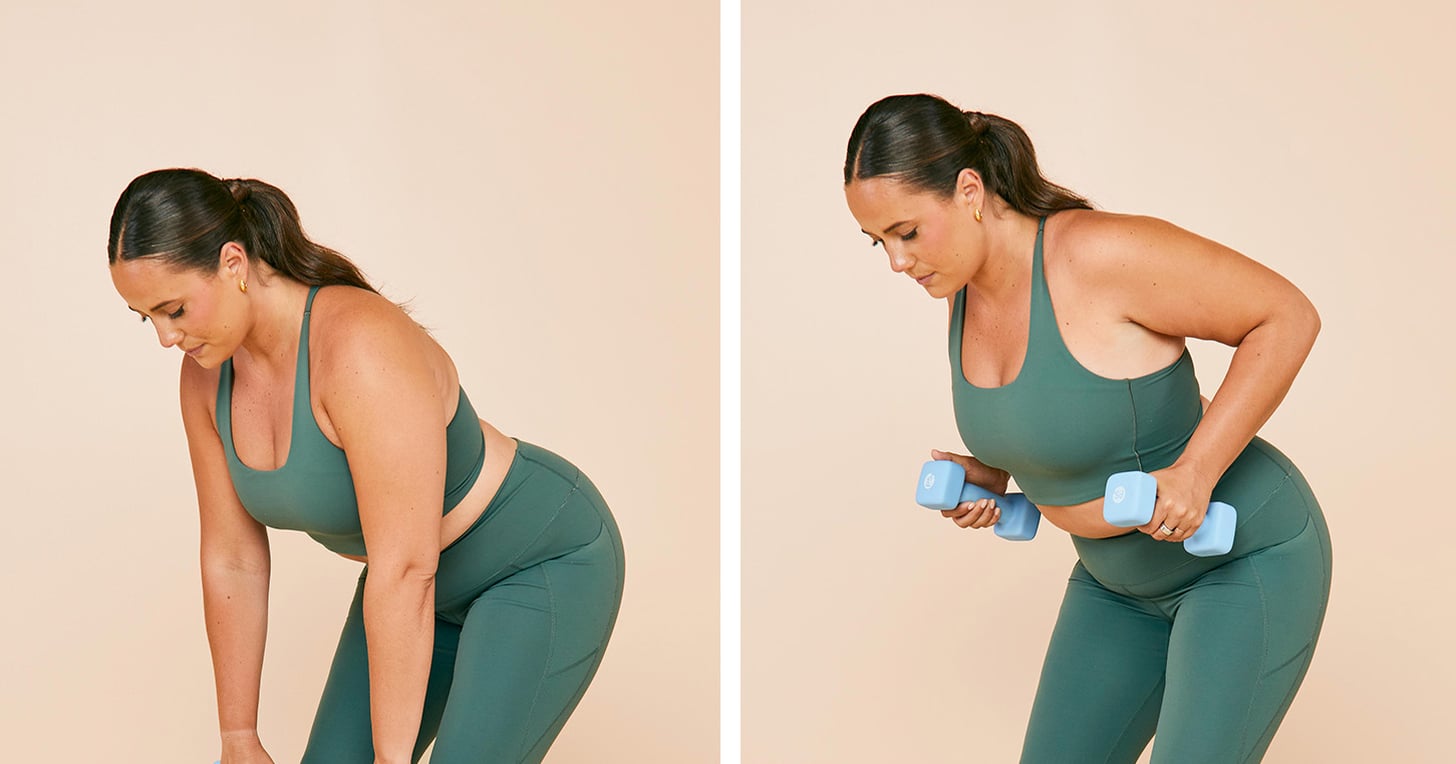The more things change, the more things stay the same.
That was the message from David Greenberg, chief executive officer of L’Oréal USA, onstage during a fireside chat with CEW chairwoman Jill Scalamandre on June 5.
“What hasn’t changed is it’s still about products, it’s still about an amazing item that people want. It’s still about a great lipstick and how something feels and makes you feel,” Greenberg said when asked how the industry had changed since his 30-year career at L’Oréal began.
That being said, the dynamics of the business have completely shape-shifted. “Back in the day, the shelf space, the marketing mix and media was your voice,” Greenberg said. “The rules were super clear, there was some power in scale, and we were trying to eke out market share from the competitors. Today, there are no perimeters, there’s no limits, the shelf is infinite and everyone is welcome.”
Related Articles
Greenberg, who took the helm of L’Oréal’s U.S. division in 2022 after running the professional products division for North America, said that despite L’Oréal’s size — the global company reached more than $44 billion in sales for calendar 2023 — it takes an entrepreneurial approach to both culture and innovation.
“It’s about what’s happening tomorrow, with this remarkable cherishing of the past that holds true today: the spirit of entrepreneurship, appreciation of people, the notion of creativity and open-mindedness,” Greenberg said.
“We’re the global beauty leader, we have a challenge, and that challenge comes from an innate sense of inadequacy. This notion that we can always do better,” he continued. “That’s the sense of how you create a modern culture, where people are treated respectfully, and we find ways to challenge each other. If consumers are challenging us, we talk about resiliency as one of the core things.”
He also thinks of fostering culture as paramount to his job, noting that he’s coaxing his workforce back into the company’s offices. “The most important part of my job is to try to foster, convey and nurture a culture,” he said. “It’s hard to do that when you don’t see anybody.”
Despite L’Oréal’s reverence for heritage, the company is also rapidly evolving. “It was 2005 when we said we were going to be a digital company. In 36 months, we were a digital company and we were leaders,” he said. “Now, we’re saying Beauty Tech. To us, that means a full ecosystem of technology deployed to help you improve the way you work.
Those technologies can run the gamut from development to formulations. “Beauty Tech really just means that technology can enable the business,” Greenberg said. Those efforts are global. “We have a global beauty tech team, we have teams all around the world, we have a venture fund which enables us to access new technologies.”
They all harken back to L’Oréal’s brand-building efforts. “Most of the growth coming from the brands today are the same brands as 10 years ago. Technology is designed to unleash the potential of the brands the consumer knows and loves,” he said.
Greenberg is bullish on the new generation of consumers aging into the market. “They’re going to be amazing customers for life,” he said, with the caveat that L’Oréal brands do not market to consumers under 16. “We haven’t made a concerted effort to market to them, but they’re going to talk and watch TV. It’s not like we can keep the products secret from them.”
Just as beauty’s demographics are blurring, so are channels. “You have to appreciate who your customers are and make sure you’re serving them,” he said. To that end, he thinks a men’s brand would be the best addition to L’Oréal’s portfolio.
“We don’t have so many brands in the house of L’Oréal that have done a great job at bringing men into beauty,” he said. “There’s a lot of unisex brands. But men still have needs as a population, and we want to grow.”


